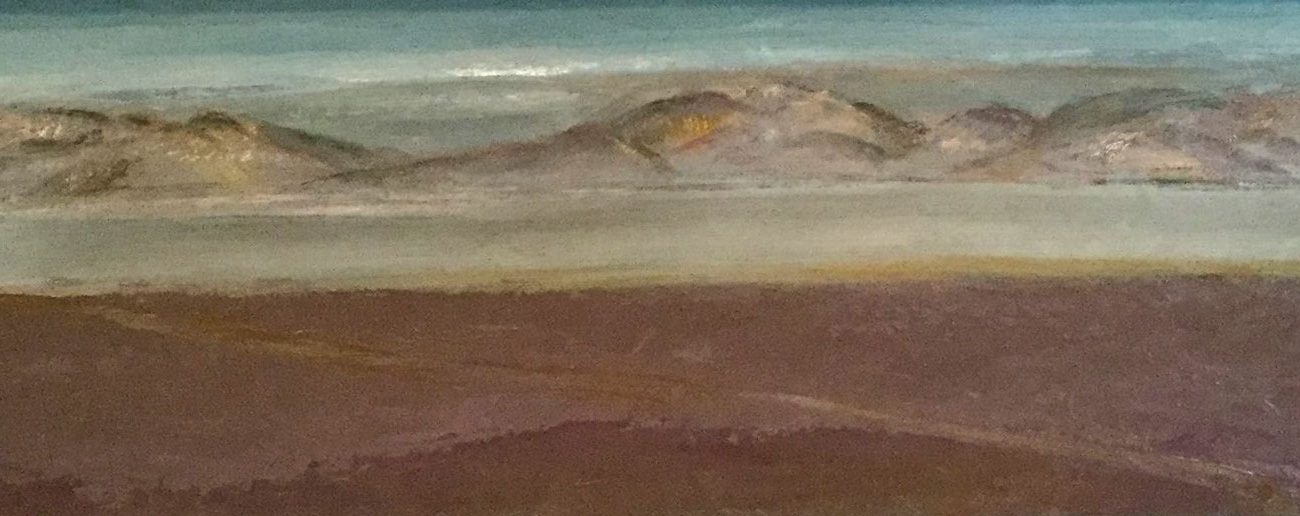Work by Oregon artist Charles Heaney (1897-1981) so seamlessly captures the mood of the Pacific Northwest that it’s hard to imagine art here without him.
Steadily creating easel paintings — and later making prints — Heaney, a youthful transplant to Oregon from his native Wisconsin, puts our landscape under an emotional microscope, giving us a view that still bears examining.
You can see a cross section of Heaney’s paintings and prints in Charles Heaney: Northwest Master, a small exhibit that wraps up Saturday, March 30, at the Karin Clarke Gallery in Eugene.
This is one of the largest assemblies of the artist’s work to be shown since the exhibition Memory, Imagination and Place at the Hallie Ford Museum of Art in Salem in 2005. A few of the works now at the Clarke Gallery were included in that show, including a small oil on board, “Road From Winnemucca,” which Heaney painted in 1965.
The low panoramic image explores the vast emptiness of far southeast Oregon. It documents the glimmers of subtle color that make the landscape there endlessly fascinating, like jewels that occasionally sparkle in a drab background.
Heaney came of age as an artist in the 1920s and ’30s, and his regionalist style marks most of the work in this show.
A casein-on-board painting titled “Winter” from 1976 could easily, from the look of it, have been painted in 1936. It shows a solitary woman waiting in the snow outside a low building in what might be a rural Oregon town.
A large mountain (Mount Hood?) looms in the background. With its bulk and presence, that mountain — a familiar motif in Heaney’s work — calls to mind a larger painting of his, “The Mountain” from 1937. It’s not in this show; it hangs at Oregon’s Timberline Lodge, where it was acquired as part of the Federal Art Project, which employed Heaney in those Depression years when Timberline was being built. A sister work, “Mountains,” done in 1938-39, hangs at the Portland Art Museum.
This exhibit at the Clarke Gallery is small but potent. It’s a great example of a commercial gallery offering a museum-quality experience here in Eugene, similar to the Morris Graves exhibit that White Lotus Gallery did in 2013.
